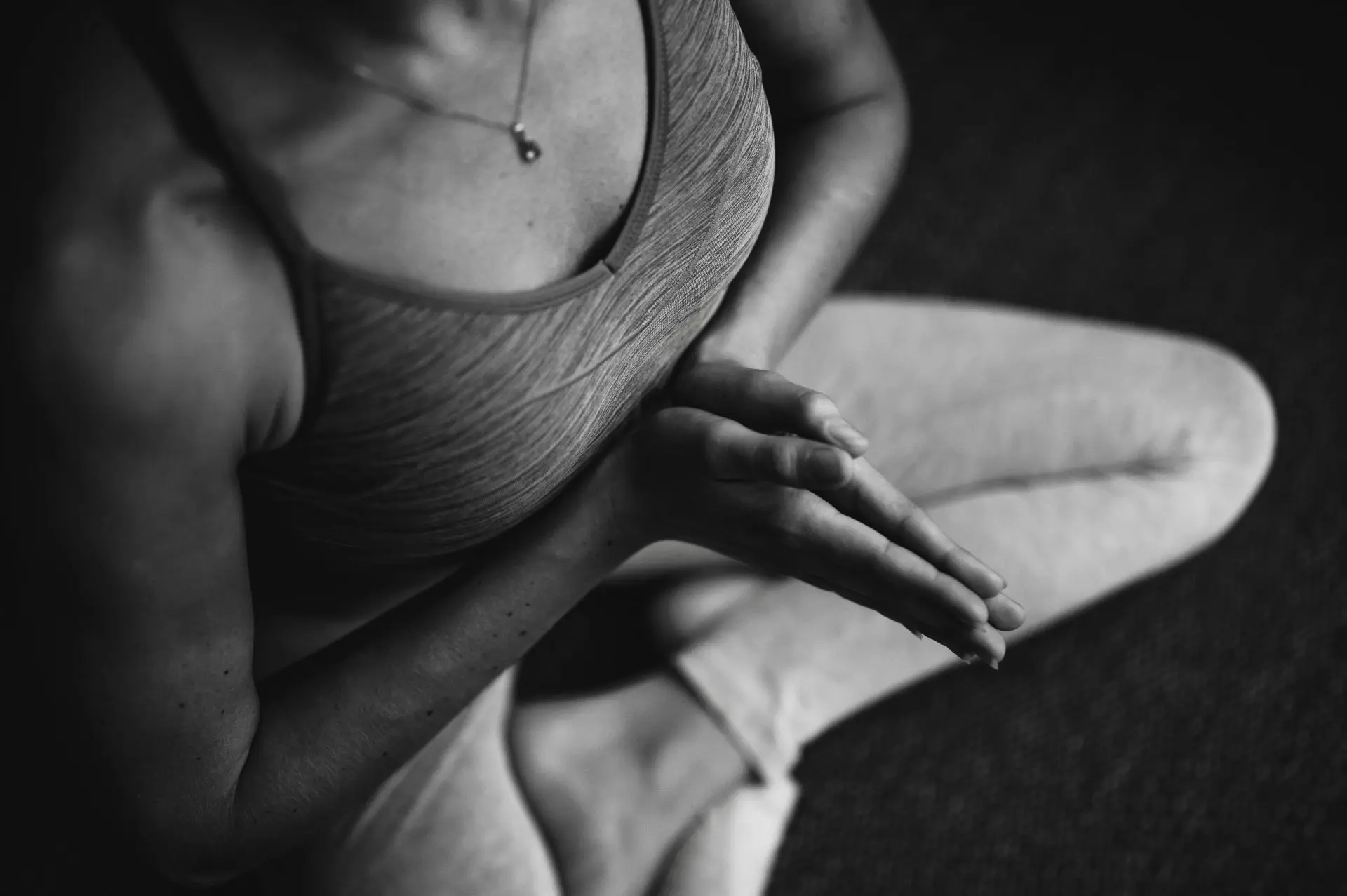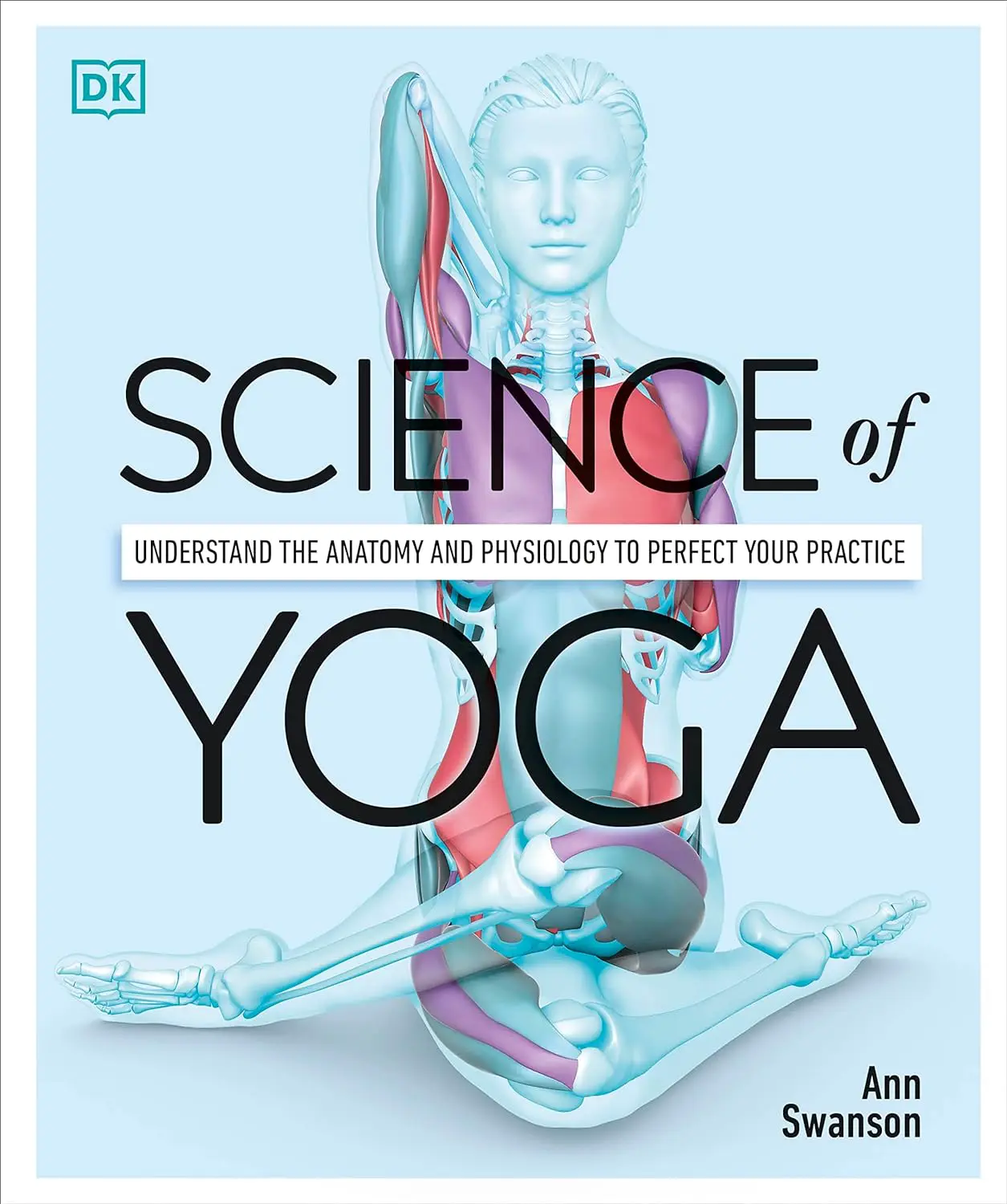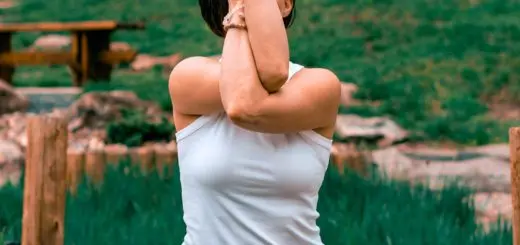Savasana: Relaxation for Integration and Healing

Before diving in, please note: This post is for informational purposes only. If you’d like to know more about how we approach topics, feel free to check out our friendly Disclaimer Page.
Hey there, amazing readers! 
We’re committed to delivering quality posts, and your support (even just sticking around despite the ads) means everything to us. So, bear with us, and thanks for helping us keep the good vibes rolling. Now, on to the fun stuff!
TRANSLATE BUTTON AT THE END OF THE ARTICLE
A Quick Overview
In the hustle and bustle of our fast-paced lives, finding moments of relaxation and peace is essential for our overall well-being.
Savasana, also known as Corpse Pose, is a foundational yoga posture that offers a profound sense of relaxation, integration, and healing.
This pose is often considered one of the most important parts of a yoga practice, as it allows the body and mind to fully unwind and rejuvenate.
In this article, we will explore the benefits of Savasana, how to practice it effectively, the importance of proper posture and breathing techniques, as well as its physical, mental, and emotional benefits.
We will also discuss how Savasana can be a powerful tool for stress relief, better sleep, and emotional healing, and offer tips on how to incorporate it into your daily routine for a deeper experience.
The Benefits of Savasana
Savasana promotes deep relaxation by allowing the body to release tension and stress accumulated throughout the day.
It helps to reduce anxiety, calm the mind, and improve overall mental clarity and focus.
This pose can enhance self-awareness and mindfulness, bringing a sense of inner peace and tranquility.
Savasana encourages a state of deep rest that can help regulate the nervous system and promote a sense of balance in the body.
It allows for integration and assimilation of the benefits of the yoga practice, leading to a deeper sense of well-being and wholeness.
By practicing Savasana regularly, individuals can experience improved sleep patterns, heightened energy levels, and reduced fatigue.
This pose can also aid in the release of emotional blockages and promote emotional healing and self-discovery.
Savasana helps to cultivate a sense of surrender and acceptance, allowing individuals to let go of control and simply be in the present moment.
It offers a sacred space for introspection, reflection, and connection to one’s inner self, fostering personal growth and self-awareness.
Overall, the benefits of Savasana extend beyond the physical realm, encompassing mental, emotional, and spiritual aspects of well-being.
What is Savasana?
Savasana, or Corpse Pose, is a yoga posture practiced at the end of a yoga session to facilitate deep relaxation and integration of the practice.
In this pose, the body lies flat on the back, arms resting by the sides with palms facing up, and legs extended comfortably apart.
The eyes are closed, and the breath is natural and effortless.
Savasana is a time for the body to surrender completely, allowing for a sense of deep rest and rejuvenation.
This pose symbolizes the letting go of the ego and the release of tension, inviting a state of peace and stillness into the body and mind.
How to Practice Savasana
To practice Savasana effectively, follow these steps:
Find a quiet and comfortable space where you can lie down without any distractions.
Lie flat on your back, with your arms by your sides and your palms facing up.
Close your eyes and relax your entire body, from head to toe.
Take a few deep breaths to settle into the pose, then allow your breath to return to its natural rhythm.
Let go of any tension or stress in your body, and allow yourself to sink into the floor.
Stay in Savasana for 5-10 minutes or longer, depending on your comfort level and time availability.
As you lie in Savasana, focus on your breath and let go of any thoughts or distractions that may arise.
When you are ready to come out of the pose, gently wiggle your fingers and toes, then slowly roll onto your right side before coming back to a seated position.
Take a moment to notice how you feel after practicing Savasana, and carry that sense of relaxation and peace with you throughout the day.
With regular practice, Savasana can become a powerful tool for relaxation, integration, and healing in your life.
Importance of Proper Posture
Proper posture in Savasana is essential for maximizing the benefits of the pose and ensuring a comfortable and effective practice.
Here are some key points to keep in mind:
Align your body in a straight line from head to toe, with the spine in a neutral position.
Keep your arms relaxed by your sides, with your palms facing up to receive energy.
Separate your legs slightly apart to allow for relaxation in the hips and lower back.
Ensure that your head and neck are in alignment with the rest of your spine, without any tension or strain.
Relax your facial muscles, jaw, and shoulders to release any stored tension in these areas.
Use props such as bolsters, blankets, or eye pillows to support your body and enhance relaxation.
Focus on maintaining a sense of ease and comfort throughout the pose, allowing yourself to surrender fully to the experience.
By paying attention to proper posture in Savasana, you can deepen your practice and experience a greater sense of relaxation and integration in body, mind, and spirit.
Breathing Techniques for Savasana
Breathing is a fundamental aspect of yoga practice, and Savasana is no exception.
Here are some breathing techniques to enhance your experience in Savasana:
Begin by taking a few deep breaths to calm the mind and settle into the pose.
Allow your breath to become slow, deep, and rhythmic, focusing on the natural flow of inhalation and exhalation.
Practice abdominal breathing by expanding your belly on the inhale and contracting it on the exhale to promote relaxation and release tension.
Explore alternate nostril breathing to balance the left and right hemispheres of the brain and create a sense of harmony and balance.
Use ujjayi breath, or victorious breath, by gently constricting the back of the throat on the exhale to create a soothing sound and promote relaxation.
Experiment with breath retention by pausing at the top of the inhale and bottom of the exhale to cultivate a sense of stillness and mindfulness.
By incorporating these breathing techniques into your Savasana practice, you can deepen your relaxation, calm the mind, and cultivate a sense of inner peace and tranquility.
Mindfulness in Savasana
Mindfulness is a key aspect of the yoga practice, and Savasana provides an opportunity to cultivate presence and awareness in the present moment.
Here are some ways to practice mindfulness in Savasana:
Bring your attention to your breath, noticing the sensation of air entering and leaving your body.
Observe any thoughts, emotions, or sensations that arise without judgment, simply allowing them to come and go.
Scan your body from head to toe, noticing any areas of tension or discomfort and allowing them to release with each breath.
Practice gratitude by reflecting on the blessings in your life and cultivating a sense of appreciation for the present moment.
Cultivate a sense of spaciousness and openness in your mind and body, allowing for a deep sense of relaxation and integration.
By practicing mindfulness in Savasana, you can deepen your connection to yourself, cultivate inner peace, and foster a sense of well-being and wholeness.
Physical and Mental Benefits
Savasana offers a wide range of physical and mental benefits that contribute to overall well-being.
Here are some of the key benefits of practicing Savasana regularly:
Physical Benefits:
- Releases tension and stress in the body
Improves circulation and aids in digestion
Reduces fatigue and promotes relaxation
Alleviates headaches and chronic pain
Helps to regulate blood pressure and heart rate
Mental Benefits:
- Calms the mind and reduces anxiety
Improves focus, concentration, and mental clarity
Enhances self-awareness and mindfulness
Promotes emotional healing and self-discovery
Cultivates a sense of inner peace and tranquility
By incorporating Savasana into your yoga practice, you can experience a profound sense of relaxation, integration, and healing in both body and mind.
Savasana for Stress Relief
One of the most powerful benefits of Savasana is its ability to promote stress relief and relaxation.
In today’s fast-paced world, stress has become a common issue that can have a negative impact on both physical and mental health.
Savasana offers a sanctuary of peace and quiet where individuals can let go of stress and tension, allowing the body and mind to unwind and rejuvenate.
By practicing Savasana regularly, individuals can experience a reduction in stress levels, improved resilience to stressors, and a greater sense of calm and balance in their daily lives.
This pose serves as a valuable tool for managing stress and promoting overall well-being.
Savasana for Better Sleep
Quality sleep is essential for overall health and well-being, and Savasana can be a valuable practice for promoting better sleep patterns.
By relaxing the body and calming the mind, Savasana prepares individuals for a restful night’s sleep by releasing tension and promoting a state of deep relaxation.
By incorporating Savasana into your bedtime routine, you can signal to your body that it is time to unwind and prepare for sleep.
This pose can also help alleviate insomnia, promote relaxation before bedtime, and improve the quality of your sleep.
By making Savasana a regular part of your evening routine, you can experience better sleep and wake up feeling refreshed and rejuvenated.
Savasana for Emotional Healing
Emotional healing is an important aspect of overall well-being, and Savasana can be a powerful practice for releasing emotional blockages and promoting healing on a deep level.
By allowing the body and mind to surrender completely, individuals can tap into their emotional landscape, release stored emotions, and cultivate a sense of inner peace and balance.
Savasana offers a safe space for individuals to process their emotions, release tension, and connect with their true selves.
By practicing Savasana regularly, individuals can experience emotional healing, self-discovery, and a greater sense of emotional well-being.
This pose serves as a valuable tool for navigating the complexities of emotions and promoting healing on a holistic level.
Incorporating Savasana into Your Routine
To incorporate Savasana into your daily routine, consider the following tips:
Set aside time each day for a dedicated Savasana practice, even if it is just for a few minutes.
Create a peaceful and quiet space where you can fully relax and unwind without any distractions.
Practice Savasana at the end of your yoga session or as a standalone practice to maximize its benefits.
Experiment with different props such as bolsters, blankets, or eye pillows to enhance your experience.
Focus on proper posture, breathing techniques, and mindfulness to deepen your practice and experience the full benefits of Savasana.
By incorporating Savasana into your daily routine, you can experience a greater sense of relaxation, integration, and healing in body, mind, and spirit.
Tips for a Deeper Savasana Experience
To enhance your Savasana experience, consider the following tips:
Practice Savasana in a dimly lit room with calming music or nature sounds to create a peaceful ambiance.
Use essential oils such as lavender or chamomile to promote relaxation and enhance your sensory experience.
Experiment with guided meditations or visualizations to deepen your relaxation and cultivate a sense of inner peace.
Focus on releasing tension in your body by scanning each body part and consciously relaxing it with each exhale.
Set an intention for your Savasana practice, such as letting go of stress, finding inner peace, or promoting emotional healing.
By following these tips, you can create a deeper and more meaningful Savasana experience that promotes relaxation, integration, and healing on a profound level.
Conclusion
Savasana, or Corpse Pose, is a powerful practice for relaxation, integration, and healing that offers a wide range of physical, mental, and emotional benefits.
By incorporating Savasana into your daily routine, you can experience a profound sense of relaxation, release tension and stress, and promote overall well-being in body, mind, and spirit.
This pose serves as a valuable tool for stress relief, better sleep, emotional healing, and self-discovery, offering a sanctuary of peace and quiet in our busy lives.
By practicing Savasana with proper posture, breathing techniques, and mindfulness, you can deepen your practice and experience a greater sense of relaxation and tranquility.
Remember to make time for Savasana in your daily life and allow yourself to fully surrender and embrace the healing power of this foundational yoga posture.

The Enlightenment Journey is a remarkable collection of writings authored by a distinguished group of experts in the fields of spirituality, new age, and esoteric knowledge.
This anthology features a diverse assembly of well-experienced authors who bring their profound insights and credible perspectives to the forefront.
Each contributor possesses a wealth of knowledge and wisdom, making them authorities in their respective domains.
Together, they offer readers a transformative journey into the realms of spiritual growth, self-discovery, and esoteric enlightenment.
The Enlightenment Journey is a testament to the collective expertise of these luminaries, providing readers with a rich tapestry of ideas and information to illuminate their spiritual path.
Our Diverse Expertise
While our primary focus is on spirituality and esotericism, we are equally passionate about exploring a wide range of other topics and niches 

To ensure we provide the most accurate and valuable insights, we collaborate with trusted experts in their respective domains 
Our blog originally focused on spirituality and metaphysics, but we’ve since expanded to cover a wide range of niches. Don’t worry—we continue to publish a lot of articles on spirituality! Frequently visit our blog to explore our diverse content and stay tuned for more insightful reads.


































































